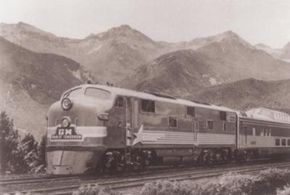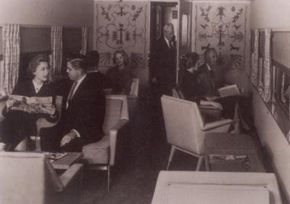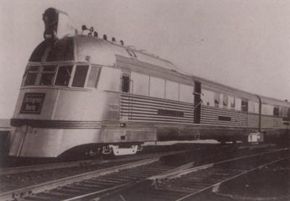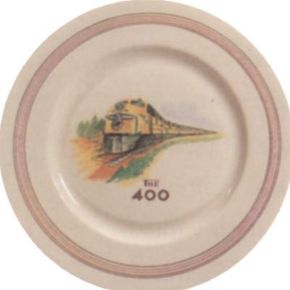The railroad industry in post-World War II America was swimming against the tide of change. Both in terms of aesthetics and operating practices, the period between 1945 and 1960 was the beginning of the end for tradition railroading. This 15-year period saw the ultimate flowering of steam in high-horsepower Locomotives, but it also brought the first generation of diesels that would ultimately replace them
When World War II ended, America's railroads were exalted but exhausted. The volume of men, machines, and supplies that had been moved during the conflict was unquestionably a triumph for the industry and a significant factor in the Allied victory. But it had come at a price.
Advertisement
Locomotives and rolling stock were worn out from being pressed beyond their limits moving troops and materiel while continuing to meet unprecedented civilian travel needs. Railroad research and development, to say nothing of nonessential production, had been put on hold. For a generation of American males, the operative image of passenger railroading involved a troop train, not the Twentieth Century Limited.
After the war, however, the railroads lost no time in moving to counter these problems. Diesels had proven their worth before and during the war, and there was little doubt that their role was about to rev up dramatically as worn-out equipment was replaced.
The immediate postwar years were a time of optimism and renewal for Americans. New prospects appeared, as well as new conveniences, and the railroads confidently saw themselves as part of this resurgence. Despite precipitous declines in both passenger and freight traffic in the Depression-ridden 1930s, the railroads' posture remained expansive and upbeat.
Perhaps the most visible and dramatic action taken by America's railroads in the immediate postwar years was the placement of massive orders for new streamliners by virtually all of the nation's Class 1 carriers. All three of the major carbuilders-the Edward G. Budd Manufacturing Company (which in 1946 would become part of The Budd Company), the Pullman-Standard Manufacturing Company, and American Car & Foundry-were swamped by the demand, so much so that the delivery window could be as long as five years.
Planning for new trains-and even some orders for equipment-had been suspended when the United States entered the war in 1941. The wartime focus was squarely on utility. "Non-revenue" cars such as lounges were banned, for instance, and Pullman runs under 450 miles were cancelled.
Advertisement



